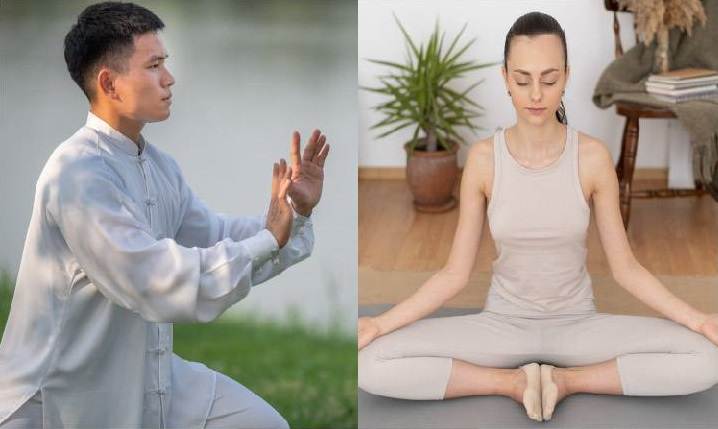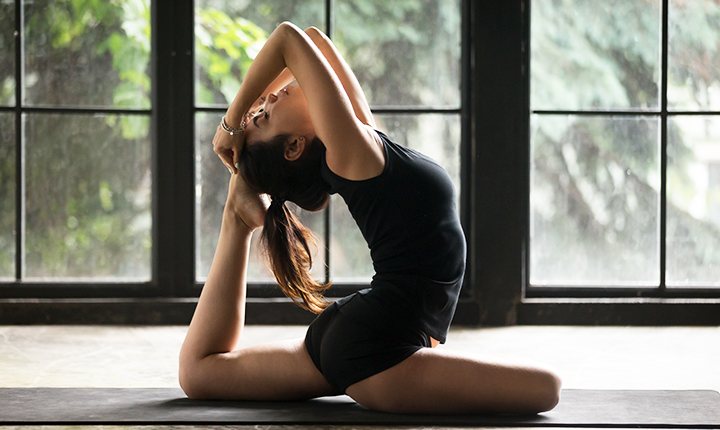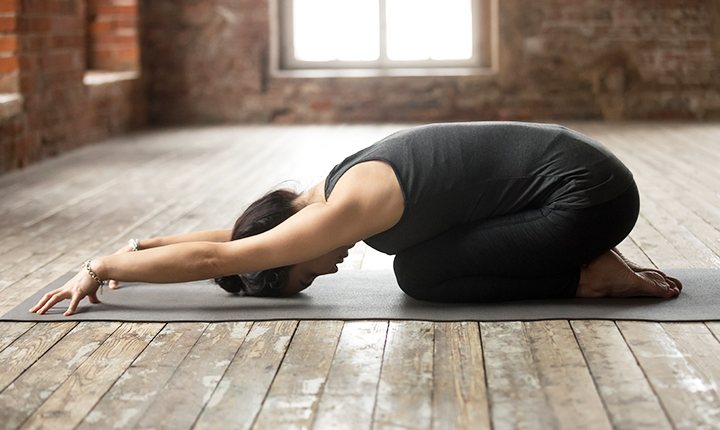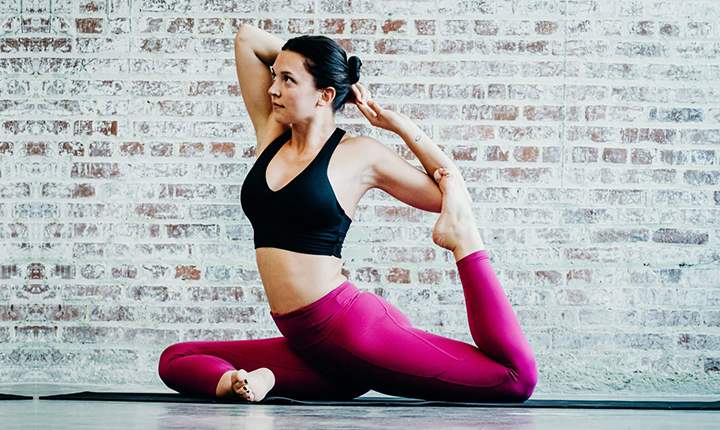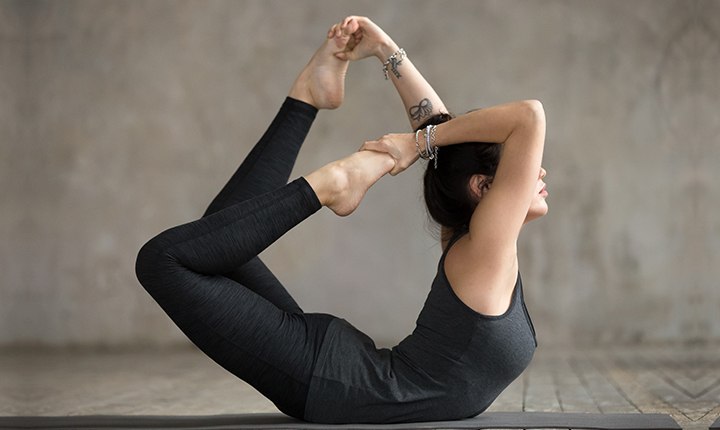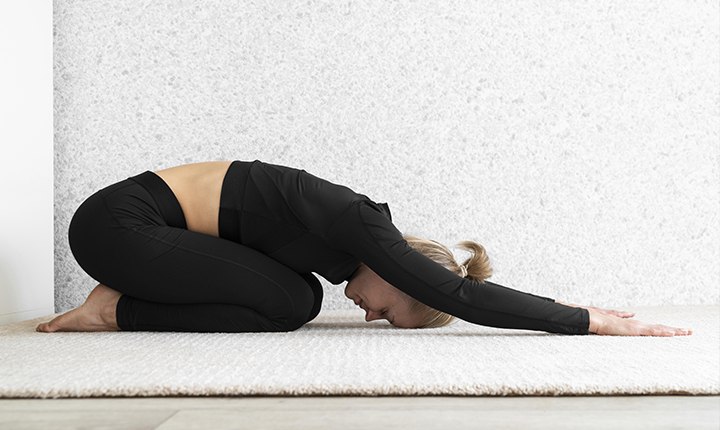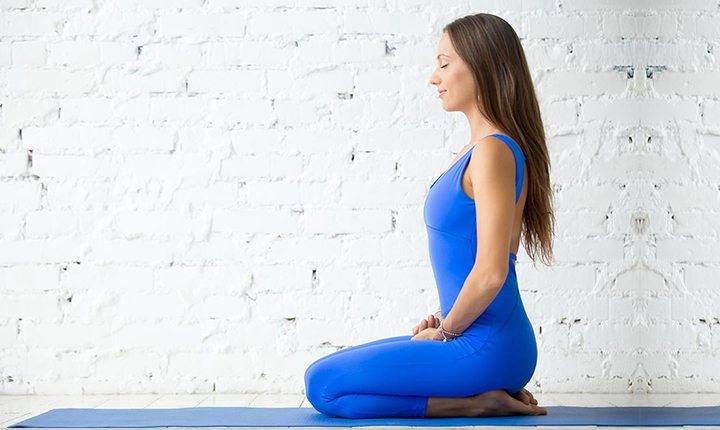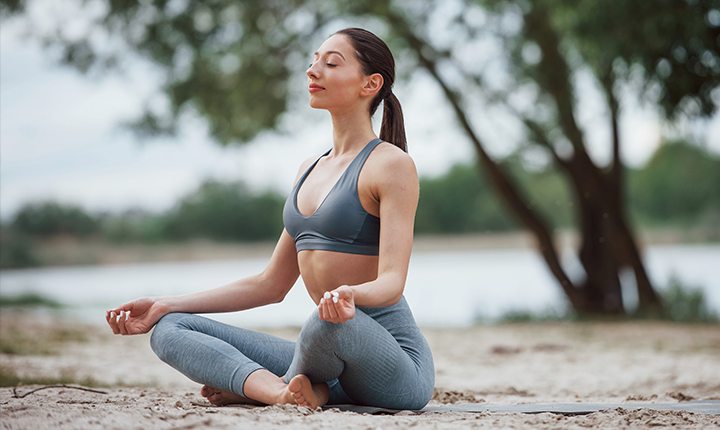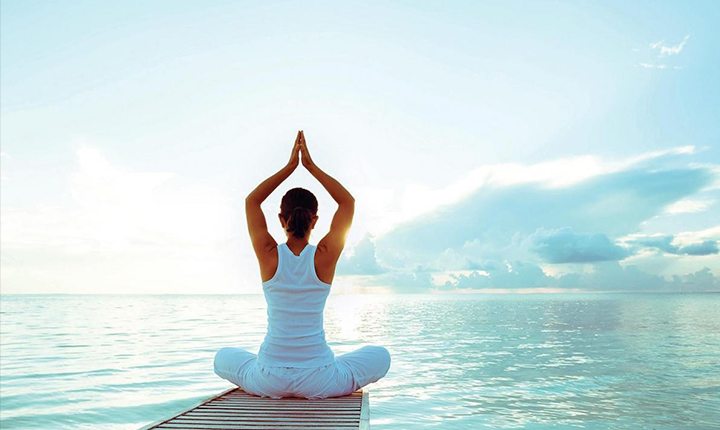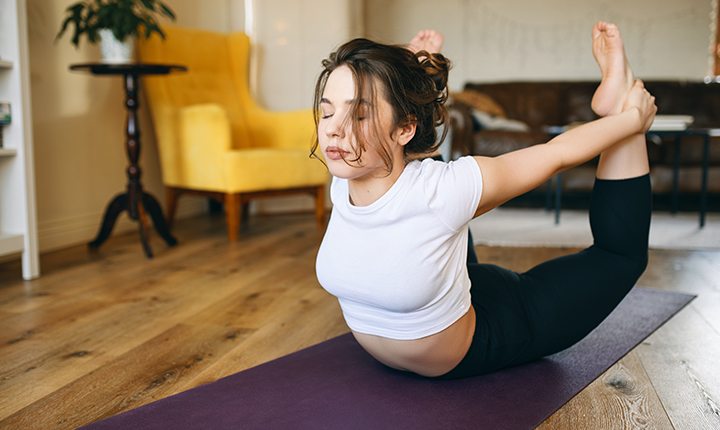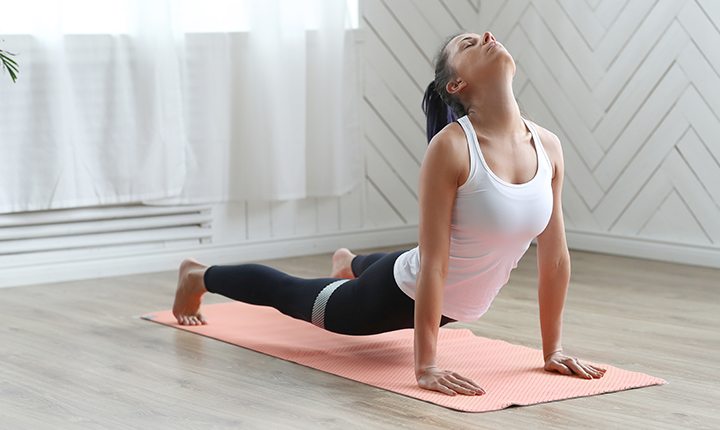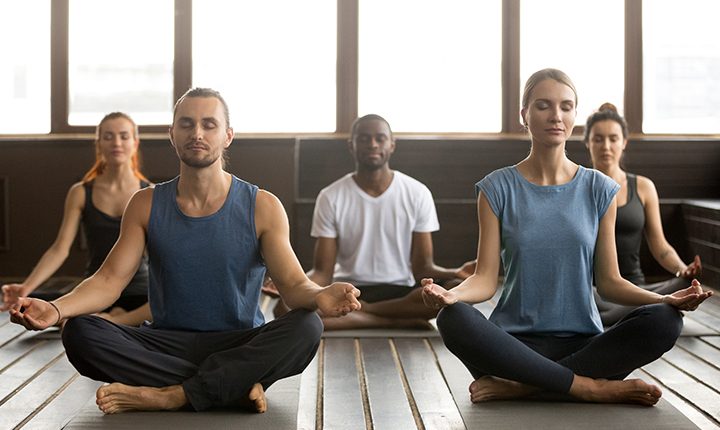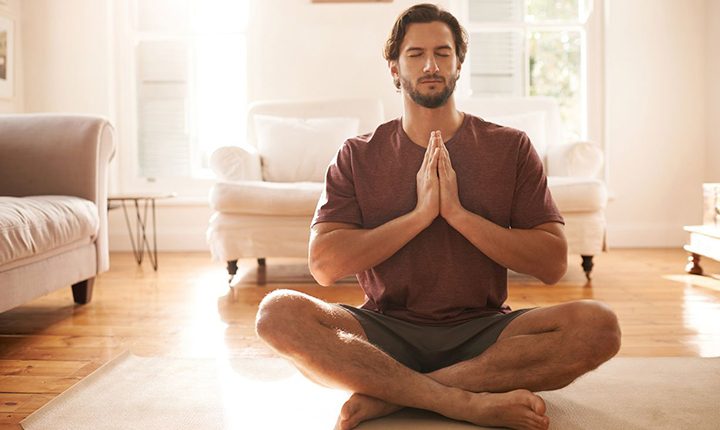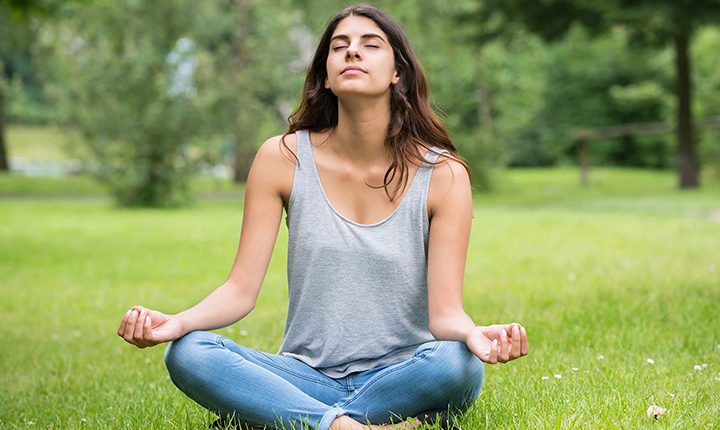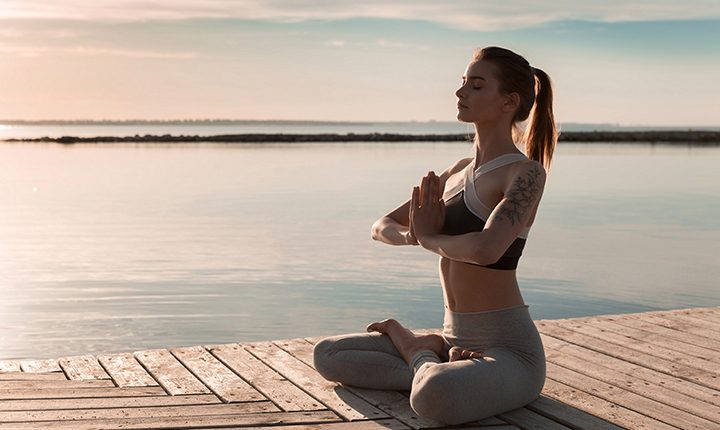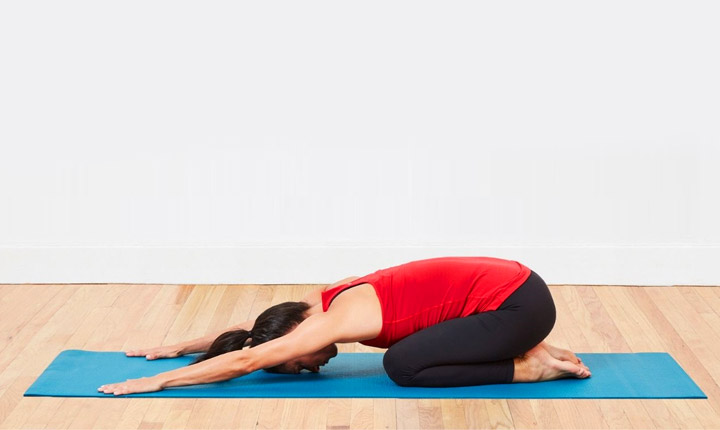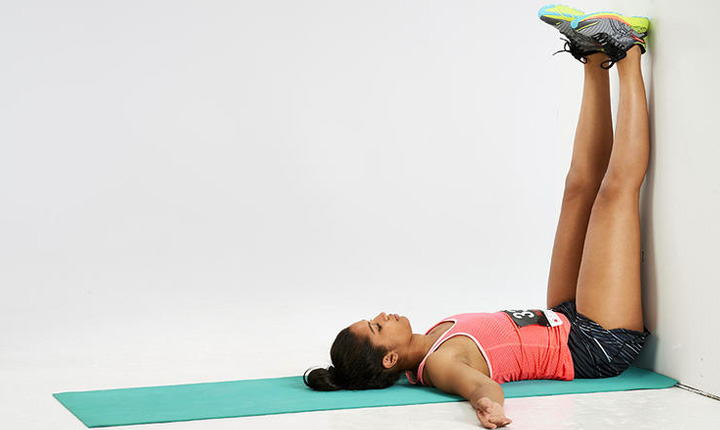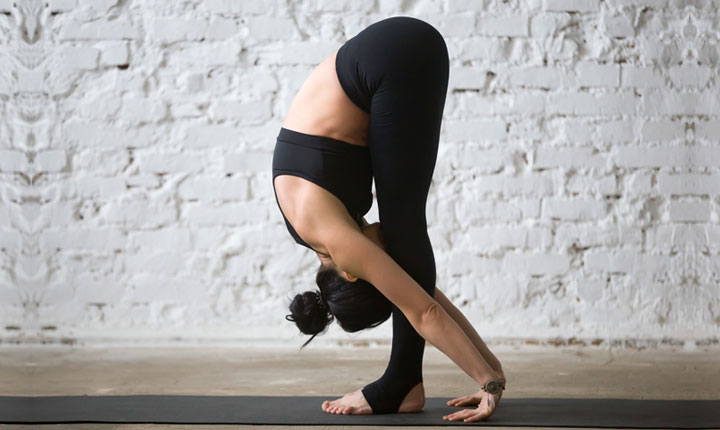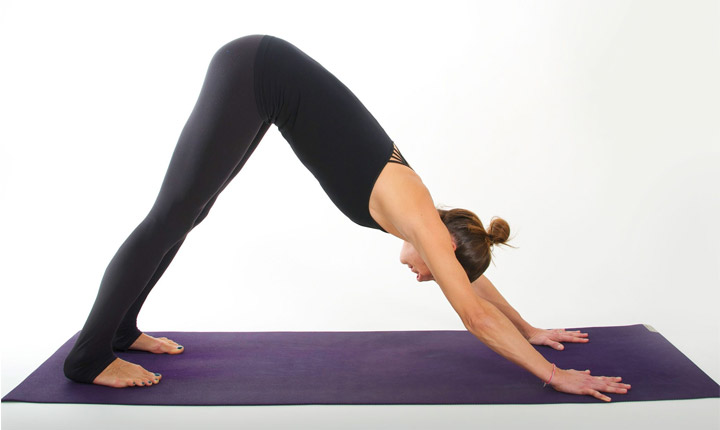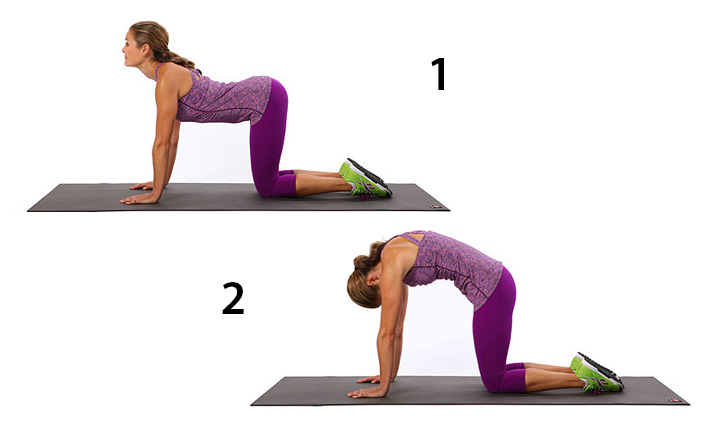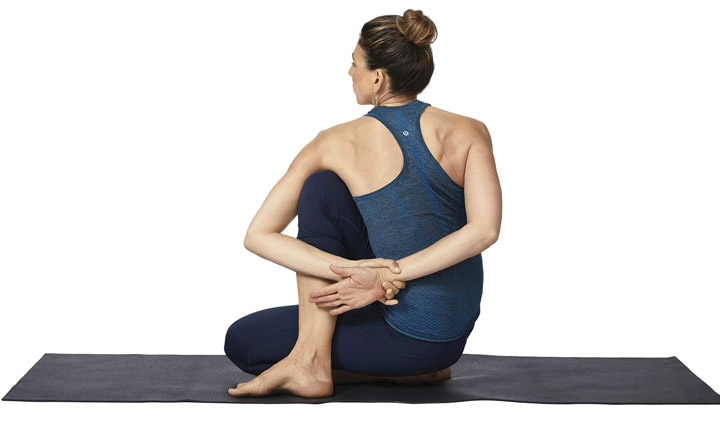Both Tai chi and yoga are low-intensity exercises. Both are similar to one another in many ways. People have practiced Tai Chi and yoga for ages. They benefit from the body in many ways. If you are confused about which form of exercise will suit you best, Tai Chi or Yoga, this article is for you to read. We have listed the benefits of Tai Chi and the advantages of Yoga, and the differences between the two to easily decide which one is your kind of sport.
Before we get into the differences between Tai Chi and Yoga, let us first examine how these sports are similar to one another.
Similarities between Tai Chi and Yoga
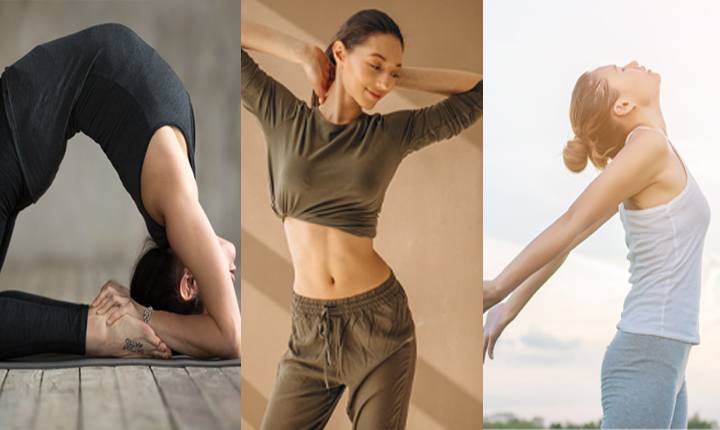
Improve flexibility
Both Tai Chi and Yoga improve flexibility. So if your muscles are getting stiff due to lack of exercise or experiencing physical pain, you can either practice Tai Chi or Yoga. They work on the muscles to improve flexibility.
Sends out positive vibes
Another common advantage of Tai Chi and Yoga is that both forms of exercise send out positive vibes to the people who practice it during practice, which heals both their bodies and minds. They start feeling good about themselves.
Improves quality of life
The biggest advantage of Tai Chi and Yoga is that they improve the overall quality of life. So if you wish to live a stress-free life, make sure you get into the practice of either practicing Tai Chi or Yoga.
4 major differences between Tai Chi and Yoga
Now that you know that both Tai Chi and Yoga can benefit the human mind and body, you must be wondering which one of these two would be beneficial for you. We have listed a few major differences between Tai Chi and Yoga for you.
Muscle Movements
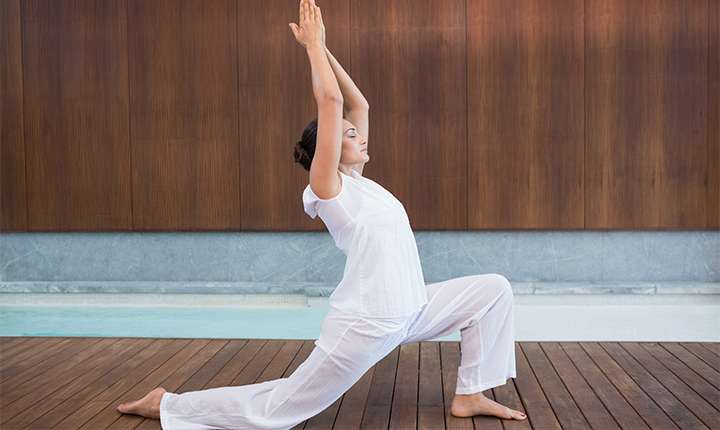
Tai Chi
The muscle movements in Tai Chi are flowing, whereas, on the other hand, the muscle movements in Yoga are static. Tai Chi is like a dance that is filled with graceful movements. The movements are slow, which allows you to take deep breaths during the movements and focus on the sensations of the body. The purpose of these movements is to shift your weight from one pose to the other gradually.
Yoga
Yoga, on the other hand, focuses on static movements. These movements are basically strengthening and stretching postures combined with breathing techniques.
Posture Involved
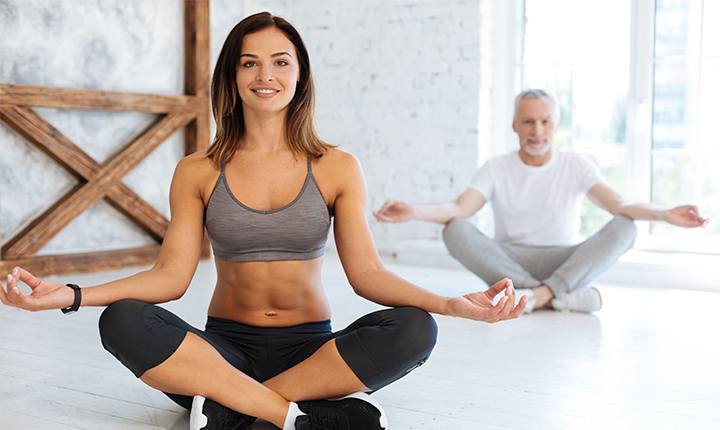
Tai Chi
Tai Chi is a sport that is generally performed standing. Even though there are postures in Tai Chi where the person involved in the art has the privilege to sit while performing, it generally involves postures and movements that require a person to stand.
Yoga
Yoga is a sport that involves all kinds of movements, starting from standing to sitting to lying down. It is a much more variedly practiced sport that can be practiced anywhere. Unlike Tai Chi, you do not always need to stand while doing yoga.
Learning Process
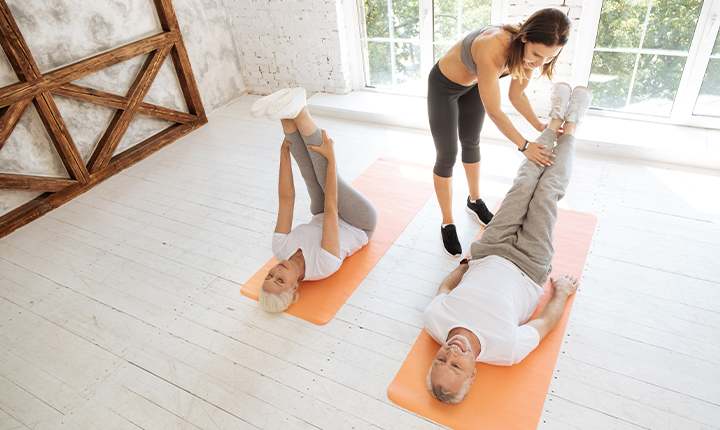
Tai Chi
The process of learning Tai Chi involves difficult body movements and postures. Which is often difficult to learn and remember even though you can find instructors to train you Tai Chi. However, to simplify the learning process, many instructors have shortened the lesson plans wherein just a few repetitive movements of Tai Chi so that it is easy for them to grab and understand the lessons.
Yoga
Yoga, on the other hand, is way simpler. It involves postures and body movements that can be easily remembered, and with a proper trainer, it can be easily practiced at home. Moreover, because yoga involves all kinds of body movements, including sleeping, standing, and sitting, it is far more effective than Tai Chi.
Different Uses
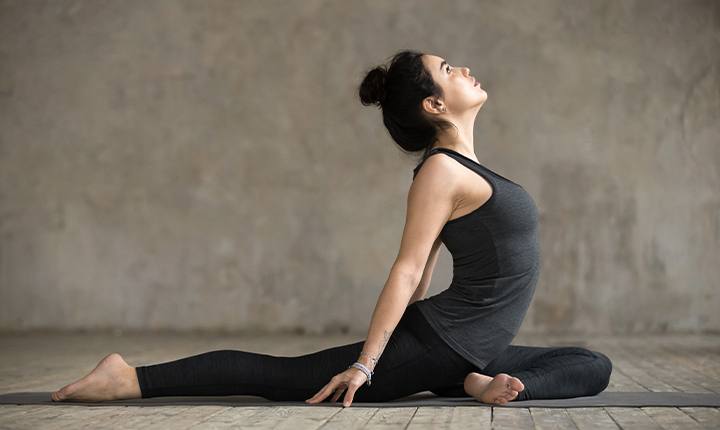
Tai Chi
Tai Chi is generally practiced to improve balance. Research has proven that Tai Chi effectively reduces for 20 to 60% in falls. So if you have a nerve disorder because you face difficulties in balancing, Tai Chi can help you regain your balance.
Yoga
Yoda aims at strengthening and stretching muscles. This helps reduce muscle pain, and it further helps to keep a check on people’s stress levels so if you are suffering from back or neck pain or any other type of musculoskeletal pain.
Why is Yoga preferred over Tai Chi?
However, when it comes to choosing between Tai Chi and Yoga, it mostly depends on two factors – the first is personal preference and the second is convenience. Most people prefer doing Yoga over Tai Chi because of the following reasons:
- Yoga aims at reducing muscular pain, and it also reduces anxiety. Today, many people suffer from stress and anxiety due to high-pressing jobs or are dealing with old pain for too long. It increases muscle strength which, in turn, helps in reducing muscle pain. This is why most people prefer yoga.
- Yoga is easy to practice and remember. It doesn’t require any special training or a big space. Since yoga involves different body movements, you have many choices when it comes to practicing yoga. It can be done sitting on a chair or lying on a bed. If you have a scarcity of space. Also, it’s easy compared to Tai Chi. If there are no yoga tutors available nearby, you can watch a tutorial on yoga and practice the steps with online tutors who teach online. On the other hand, you may face difficulties in finding a suitable Tai Chi trainer around you.
Final Takeaway
Therefore, if you are staying at home and you hardly have enough space to work out in your apartment, we prefer to choose yoga over Tai Chi. Exercises in yoga are going to help you remain stress-free and will also help reduce your muscle pain. Moreover, you don’t necessarily need an in-house trainer for yoga. You can easily learn yoga from online tutorials.


